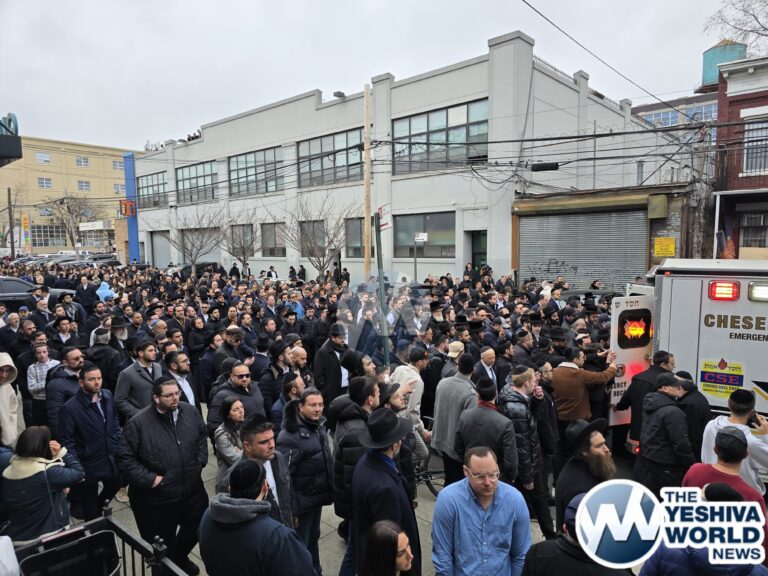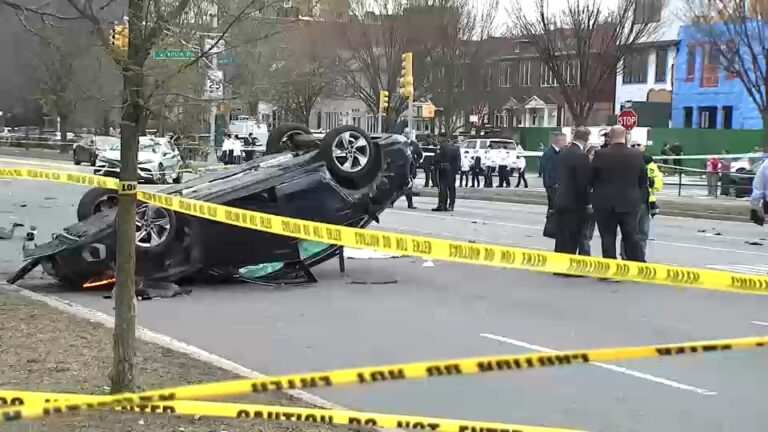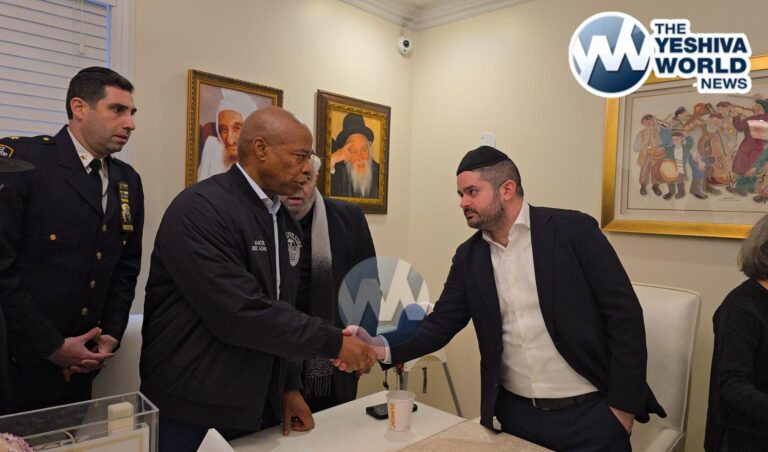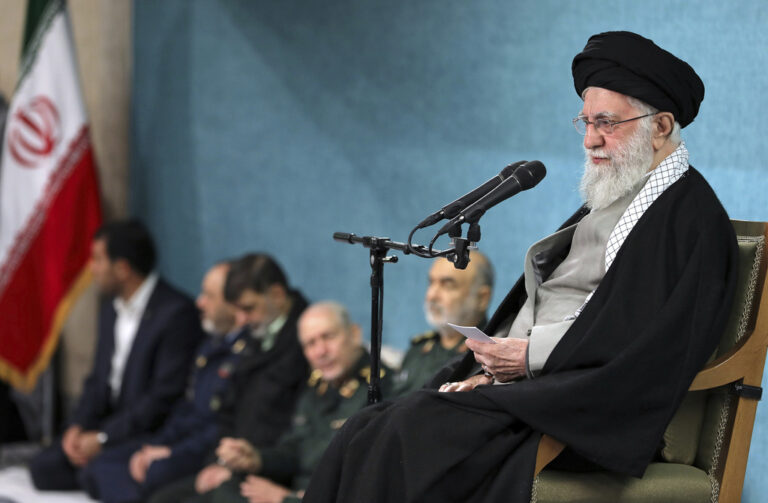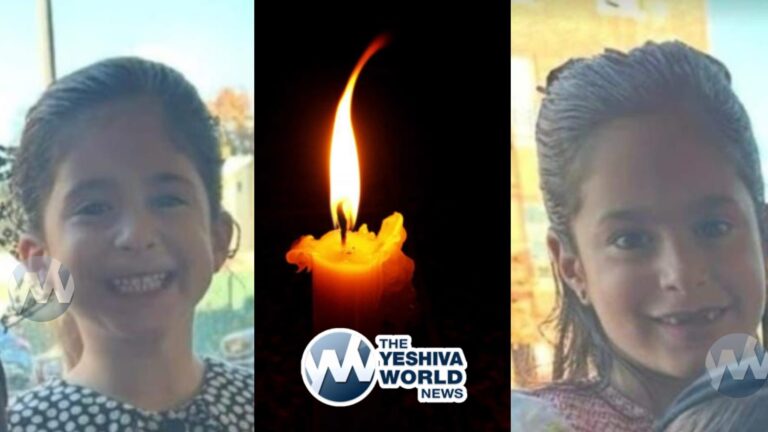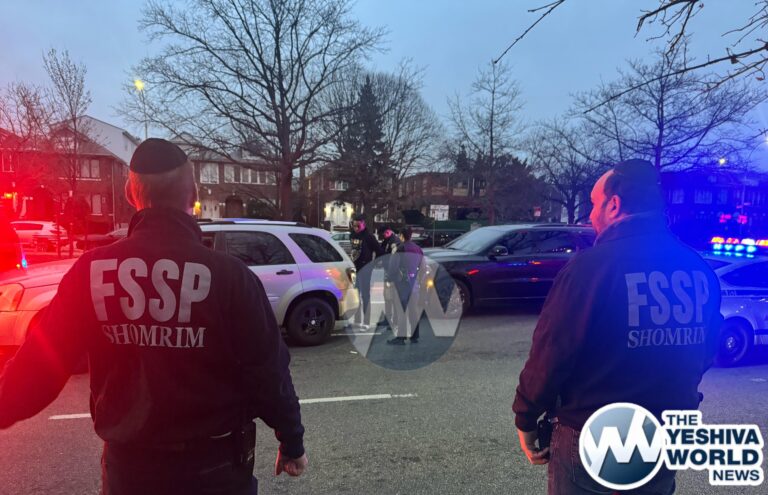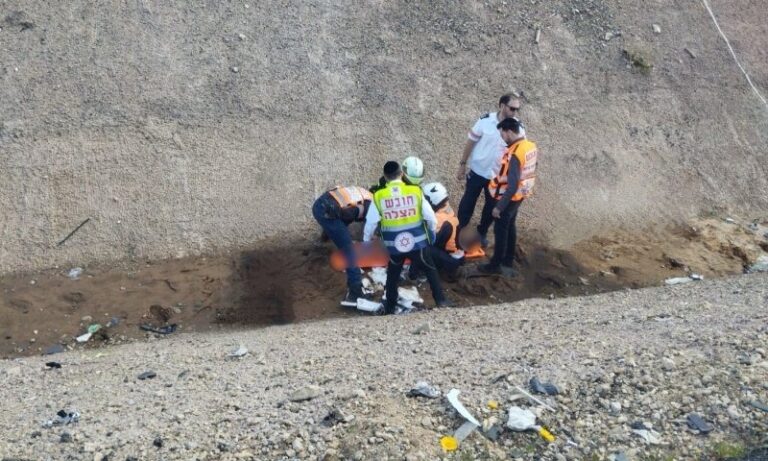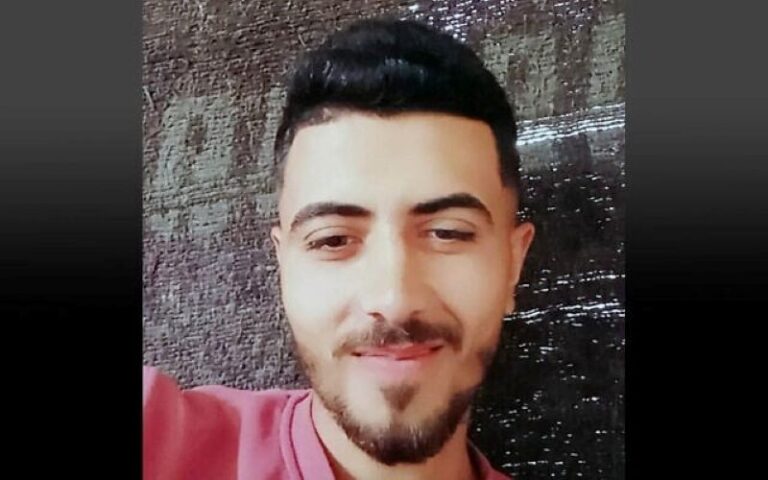 The fatal police shooting of a black man who drew something from his pocket and extended his hands in a “shooting stance” happened about a minute after officers in a San Diego suburb arrived where a distraught man was reportedly walking in traffic, a police spokesman said Wednesday.
The fatal police shooting of a black man who drew something from his pocket and extended his hands in a “shooting stance” happened about a minute after officers in a San Diego suburb arrived where a distraught man was reportedly walking in traffic, a police spokesman said Wednesday.
It took police more than an hour to respond because of other calls, El Cajon Lt. Rob Ransweiler said. Officers arrived at a parking lot next to a Mexican fast-food restaurant about 2:10 p.m. Tuesday, and Alfred Olango, who was unarmed, was shot about a minute later, police said.
Mayor Bill Wells said he was concerned how quickly the shooting took place, though he said video taken by a bystander was enlightening and he didn’t think it was “tremendously complicated to figure out what happened.”
Police said the man had refused to comply with instructions to remove a hand from his pants pocket and paced back and forth before rapidly drawing an object from the pocket. The item turned out to be an electronic cigarette device, police said late Wednesday.
Some protesters said he was shot while his hands were raised in the air, though police disputed that and produced a single frame from the cellphone video to support their account.
The image showed the man in what police called a “shooting stance.” His hands were clasped together and he was pointing directly at an officer who had assumed a similar posture a few feet away. That officer fired his handgun and a second officer, farther away, simultaneously fired his electric stun gun, Chief Jeff Davis said.
Wells was asked how he would feel if it was his child that had been shot.
“I saw a man who was distraught, and a man acting like he was in great pain,” Wells said. “And I saw him get gunned down and killed. If he was my son, I would be devastated.”
Olango came to the U.S. decades ago as a refugee from Uganda.
An attorney for his family said Olango was distraught over the recent death of his best friend and was having an emotional breakdown.
Olango, 38, had a history of run-ins with the law, including selling cocaine, driving drunk and illegally possessing a 9mm semi-automatic handgun when he was arrested in Colorado in 2005 with pot and ecstasy in his car, according to court records. He pleaded guilty in federal court and was sentenced to nearly four years for being a felon in possession of a gun.
The single photo is all police released depicting the incident that sparked angry protests by demonstrators demanding more information and wanting to know how police could shoot an unarmed man.
Olango’s relatives demanded the full video be released, according to Dan Gilleon, a lawyer who says he is representing the family.
“They’re cherry-picking part of the video,” Gilleon said. “This is exactly what police have said is unfair when only portions of video are released against them.”
After dark, scores of people gathered quietly around candles lining a curb in front of bloodstained pavement at the strip mall where Olango was shot.
The spot in front of fast-food restaurant has become a makeshift altar with a mound of flowers.
More than 200 people marched in the streets near the site, yelling “no justice, no peace, no racist police!”
Police in riot gear, some of them with dogs, faced off with protesters occasionally, bringing some tense moments, but mostly kept their distance.
There were no reports of any violence or arrests.
The fatal shooting happened less than two weeks after black men were shot and killed by police in Tulsa, Oklahoma, and Charlotte, North Carolina, where violent protests broke out.
Experts said it was too early to conclude whether the California shooting was justified or could have been prevented, though it does raise questions about how police deal with mental illness, which officers are increasingly confronting nationwide.
El Cajon gives officers basic training to deal with mental illness, though a psychiatric clinician on duty was on another call and not available to intervene, police said.
A distraught woman who identified herself as Olango’s sister said in a video in the aftermath of the shooting that she had called police three times to help her brother. She had told police he was troubled and not acting like himself.
“I just called for help, and you came and killed him,” she shrieked.
Chuck Drago, a former Florida police chief who consults about police use of force, said officers ideally should have spoken with the sister when they arrived at the scene to learn whether he was dangerous, so they could take measures to avoid a confrontation.
Whether they spoke with the sister or were even told about her by dispatchers, however, is unknown.
Once the man struck the shooting pose, Drago said officers would have had to react quickly if he drew an unknown object from his pocket.
“An officer doesn’t have enough time to wait to determine if that’s a gun in his hand,” Drago said. “If a person is pointing something at an officer and he believes it’s a gun and it is a gun and that officer doesn’t have his gun out, that officer will lose that gunfight.”
Police have not named the officers involved, though Wells said both were 21-year veterans and one was Officer Richard Gonsalves.
Gonsalves was demoted last year after allegations that he sexually harassed a lesbian colleague. The City Council had to defend the move to angry citizens who had called for him to be fired.
Christopher Rice-Wilson, associate director of the civil rights group Alliance San Diego, questioned why one officer felt non-lethal force was appropriate while the other did not. Both officers have been put on administrative leave while the incident is investigated, per department policy.
The FBI and the district attorney also are investigating.
El Cajon, a city of 100,000 people about 15 miles northeast of San Diego, has become home for many refugees fleeing Iraq and, more recently, Syria. The population is 69 percent white and 6 percent black, according to 2010 census figures.
Because of the diversity and new arrivals, Wells said the police force is more culturally aware than others in the region.
Agnes Hassan, originally from Sudan, described Olango as an educated man with mental problems. She said she spent time in a refugee camp with Olango and that both of them suffered getting to the United States.
“If somebody has mental problem, how can you not deal with him with mental problem?” she said, wiping away tears and placing her hand on her chest. “This is not right. My heart has just broken.”
(AP)


